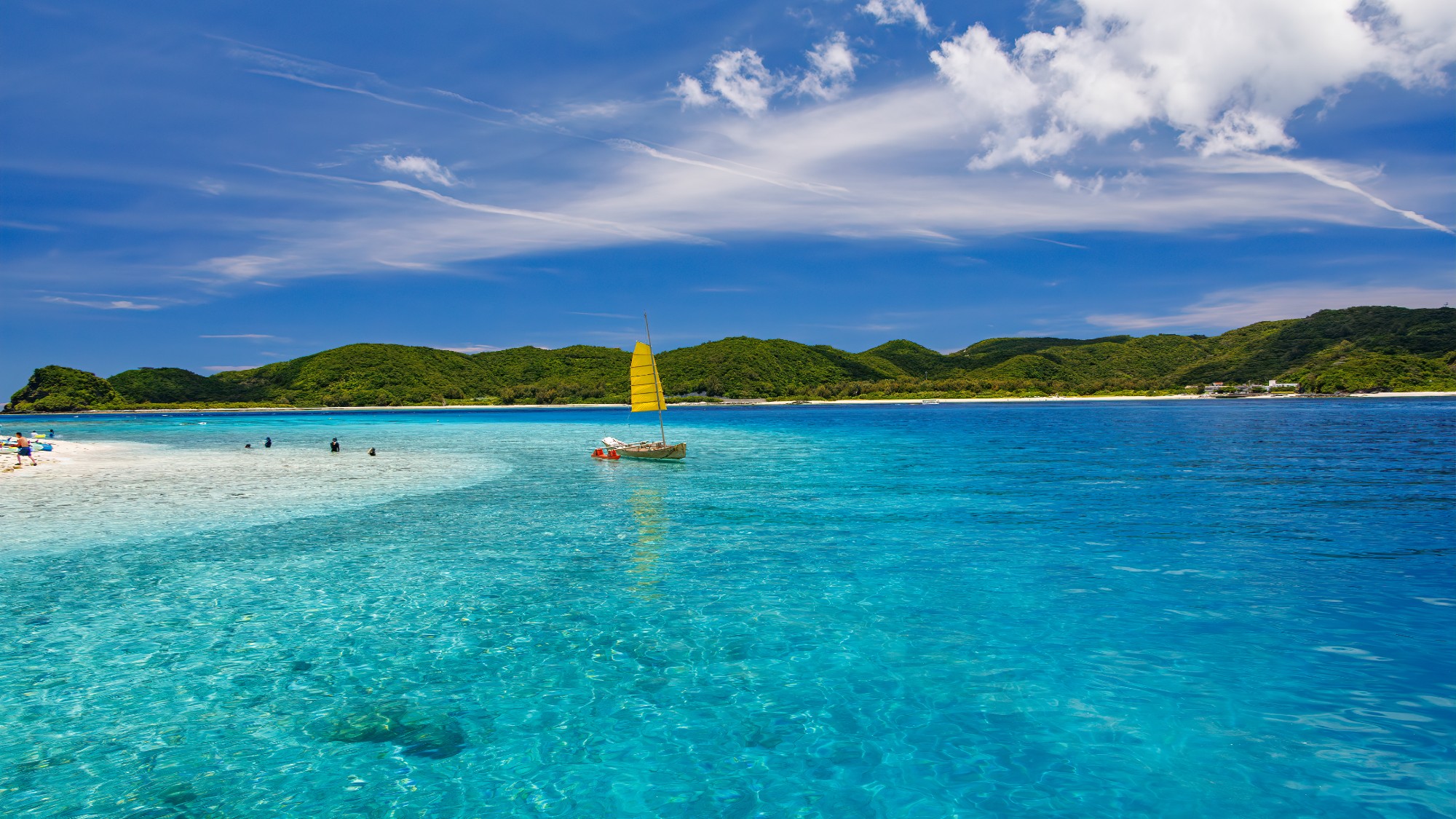My night with the world's most expensive watch
Who buys a "symphony of time," anyway?


On Tuesday night, I pulled my car into the breezeway of Los Angeles's Sunset Tower hotel.
It was raining. The valet hurried up with an umbrella.
"I'm here for the event," I told him. What event? Luckily he did not ask, because I really had no answer.
The Week
Escape your echo chamber. Get the facts behind the news, plus analysis from multiple perspectives.

Sign up for The Week's Free Newsletters
From our morning news briefing to a weekly Good News Newsletter, get the best of The Week delivered directly to your inbox.
From our morning news briefing to a weekly Good News Newsletter, get the best of The Week delivered directly to your inbox.
I'd gotten the text with just two hours to spare. "You up for an event tonight?" my friend Patrick, a luxury goods consultant, had asked me. And there I was.
It turns out that the event, hush-hush with the high security of a presidential fundraiser, marked the unveiling of a watch. Patek Philippe, the oldest family-owned horological company in the world, was celebrating 175 years of continuous existence, and the guest of honor was the Grandmaster Chime, one of seven, with a pre-launch valuation that the company wants to keep a secret. They estimate, though, that it is the most expensive watch on the market today.
The 175th Anniversary Patek Philippe Grandmaster Chime is musical. It features acoustical date and time indications, and it can chime off every minute of every day, or every quarter hour, if you want it to. Three-hundred movements, 1,366 parts, and six new patents, just for this "symphony of time," in brocaded 18 karat rose gold.
The collectors at the event said that the initial offering price was $2,000,000. A company manager said that there was a line of buyers already waiting for it. That means that the price will go up, considerably. None of the buyers live in the United States, and so this watch, encased in bullet and shadow-proof glass and protected by two burly guards, will probably never find a home here.
A free daily email with the biggest news stories of the day – and the best features from TheWeek.com
If you have not heard of Patek Philippe, or you associate it with an article you once read in Robb Report, you're probably not in the one half of one tenth of one percent of the world's richest people. You're not a watch hobbyist, you haven't mastered the watch-geek language of tourbillions, lugs, screw flanges, hair springs, and cloisonne enameling. You've seen magazines like Time Zone and Watch Time and wonder, "who the hell buys this stuff?"
These people do — the 100 or so guests who've been hand-picked by Patek Philippe and its marketing team to attend.
So does Patrick. He showed up in a thousand dollar suit. In his breast pocket, he kept a $6,000 pen. He wore $3,000 handmade white leather shoes. And of course he had his Patek Philippe Nautilus 5712/1a.
How much does that cost?
We were outside, watching BMWs queuing up for the valet. "A car and a half," he said. About $40,000.
The price point is one reason why Patek Philippe does not consider the Rolexes, Omegas, and Cartiers of the world to be competitors. You can get a starter Rolex for $3,000. You can't get a Patek Philippe for less than about $30,000, and you can't lease one either. You just have to be really, really rich.
You're probably not very concerned about other people knowing you have one, either. Patek Philippe watches tend not to be outwardly flashy or faddish. If you're wearing one, you know it. The person you're standing with might not. Their watches are not made for conspicuous consumption. The company does not use celebrities to hawk its products. It does not disclose the names of celebrity buyers and would not even tell me which historical figures (i.e. dead people) had the timepieces in their collections.
The common buyer is either a collector, or he desires an understated men's dress watch that is formal and elegant and crafted by watch artisans to standards that he will probably never be able to see himself. Consider: Rolex sells 20 times more watches per year; Patek Philippe has one fourth the number of employees, meaning, at least to the watch industry, that it packs five times as much quality into each creation.
Inside, the watches are technological marvels. In 1989, for its 150th anniversary, the company sold a watch called the Calibre 89, which has 33 separate functions which arise from the physical interplay of nearly 2000 different parts. It can tell you the time, it can tell you about the advent of Easter, it keeps track of star movements, and it can even tell you the temperature. Four exist. Each went for about $6 million. All are in the hands of private collectors.
(In 1933 a New York banker named Henry Graves commissioned a stopwatch from Patek Philippe. His specifications were so onerous that the company had to invent new technology to meet them. It took five years. The result: an open-faced gold timepiece with four dials and 24 complications — or functions — sold at auction last month for $24 million. Such is the brand's history.)
To collectors, watches like these become part of their identity. They respect the physics, the math, the craftsmanship. They gawk at the silicon hair spring that resists magnetic fields and interacts better with heat and cold and helps the watch run more accurately.
Patek Philippe has a few marketing insights I found interesting. They don't really care about Apple's watch technology; indeed, the more attention given to luxury watches, the better.
They do want more people to know about their brand, even people who might never be able to buy one.
They're looking for younger collectors, like Patrick. The company will survive only if it engages younger buyers and collectors.
Where do you find young and wealthy buyers with an appreciation for technological advancements and craftsmanship? Silicon Valley.
That's where Patrick worked — as a salesmen, for these watches.
That's where he sold so many Patek Phillipe's that he was able to purchase several of his own.
I pointed out that he could buy a Jay Leno's garage worth of cars with the money he'd spent on watches that most people he knew would never see.
"What's the most individual thing about a person? His handwriting. His voice. When I wear these watches, they kind of make me, me," he said.
Marc Ambinder is TheWeek.com's editor-at-large. He is the author, with D.B. Grady, of The Command and Deep State: Inside the Government Secrecy Industry. Marc is also a contributing editor for The Atlantic and GQ. Formerly, he served as White House correspondent for National Journal, chief political consultant for CBS News, and politics editor at The Atlantic. Marc is a 2001 graduate of Harvard. He is married to Michael Park, a corporate strategy consultant, and lives in Los Angeles.
-
 In Okinawa, experience the more tranquil side of Japan
In Okinawa, experience the more tranquil side of JapanThe Week Recommends Find serenity on land and in the sea
-
 The Iberian Peninsula is rotating clockwise
The Iberian Peninsula is rotating clockwiseUnder the radar We won’t feel it in our lifetime
-
 San Francisco tackles affordability problems with free child care
San Francisco tackles affordability problems with free child careThe Explainer The free child care will be offered to thousands of families in the city
-
 How do you solve a problem like Facebook?
How do you solve a problem like Facebook?The Explainer The social media giant is under intense scrutiny. But can it be reined in?
-
 Microsoft's big bid for Gen Z
Microsoft's big bid for Gen ZThe Explainer Why the software giant wants to buy TikTok
-
 Apple is about to start making laptops a lot more like phones
Apple is about to start making laptops a lot more like phonesThe Explainer A whole new era in the world of Mac
-
Why are calendar apps so awful?
The Explainer Honestly it's a wonder we manage to schedule anything at all
-
 Tesla's stock price has skyrocketed. Is there a catch?
Tesla's stock price has skyrocketed. Is there a catch?The Explainer The oddball story behind the electric car company's rapid turnaround
-
 How robocalls became America's most prevalent crime
How robocalls became America's most prevalent crimeThe Explainer Today, half of all phone calls are automated scams. Here's everything you need to know.
-
 Google's uncertain future
Google's uncertain futureThe Explainer As Larry Page and Sergey Brin officially step down, the company is at a crossroads
-
 Can Apple make VR mainstream?
Can Apple make VR mainstream?The Explainer What to think of the company's foray into augmented reality
